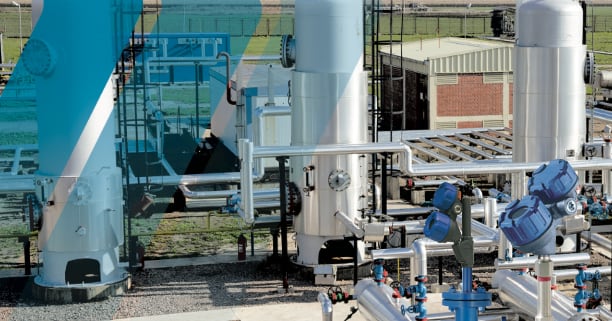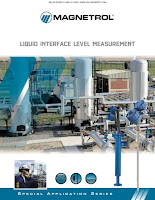The need for interface measurement arises whenever immiscible liquids - those incapable of mixing - reside within the same vessel. The lighter material rises to the top and the heavier material settles at the bottom. In oil production, for example, water or steam is used to extract oil from a well. Well fluids then route to production separators where they settle into their primary constituent parts as a water-hydrocarbon interface. Water may also be used as a transport medium or a cleaning agent and forms an interface with an allied material which is later extracted.
Knowing the position of a process interface is necessary for maintaining product quality and operations efficiency. The interface is measured and controlled by precision level switches and transmitters. Though at least 20 different types of liquid level measurement devices are in service today, only a very few are suitable for accurate and reliable interface measurement. Grouped by their operating technologies, these include Buoyancy (Floats and Displacers), RF Capacitance, Thermal Dispersion, Radar, and Redundant Technologies (those combining two measurement technologies in one instrument).
The five leading interface measurement technologies in use today are Guided Wave Radar, Magnetic Level Gauges, Float & Displacer, Thermal Dispersion, and RF Capacitance. These five leading interface measurement technologies in use today are discussed in the technical bulletin titled "Liquid Interface Level Measurement" and produced by Magnetrol International.

